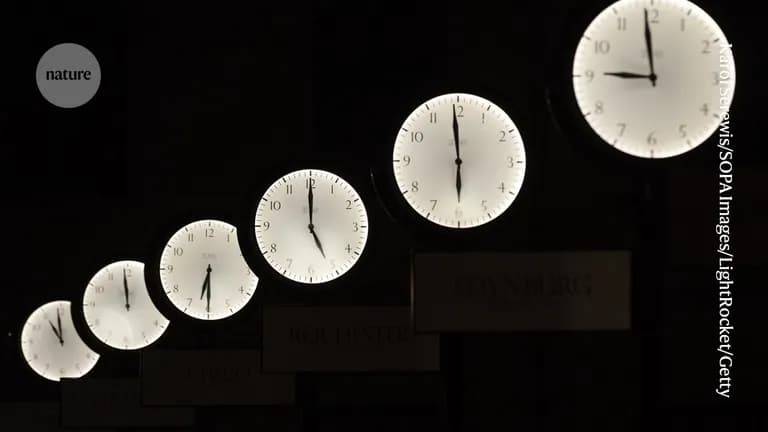Summary
Participants perceived the amount of time they had spent looking at an image differently depending on how large, cluttered or memorable the contents of the picture were. They were also more likely to remember images that they thought they had viewed for longer. Previous research has shown that our perception of time is linked to our senses.
The model processed more-memorable images faster than less-mem memorable ones. This adds to converging evidence that suggests a link between memorability and increased brain processing. Future studies could use neuroimaging to study brain activity during perception tests. Eventually, Wiener hopes to test whether the brain could be stimulated artificially to influence the way it processes time and memory.
